Why so different colors?
Oct 6, 2012 14:49:31 #
Aside from all of the above, the composition is completely different. One has a tight framing and the other is a wide landscape. If the camera was on auto, it would shoot two completely different exposures. You need to take two of the same picture.
Oct 6, 2012 15:45:36 #
Bubu wrote:
No, THE SAME LIGHT. That is why itbis so strange. I just switched the lenses on the camera. It goes to auto. So, the camera should have used the same settings. Both lenses are 2.8 or 2.0.the time, the same except to what was needed to switch.
Obviously the light is TOTALLY different as clearly shown by the clouds in the sky.
Oct 6, 2012 15:45:58 #
Two different days
Two different fields-of-vision
Two different skys
The list goes on...
Two different fields-of-vision
Two different skys
The list goes on...
Oct 6, 2012 17:06:00 #
Oct 6, 2012 17:26:31 #
He has one of those new lenses that captures one of the parallel universes we hear so much about!
Oct 6, 2012 17:30:31 #
Bubu wrote:
No, THE SAME LIGHT. That is why itbis so strange. I just switched the lenses on the camera. It goes to auto. So, the camera should have used the same settings. Both lenses are 2.8 or 2.0.the time, the same except to what was needed to switch.
I've examined both photos. If the bottom is taken with a 16mm, the top photo must have been taken with a 50mm,not a 28mm. Looking at the gazebo on the dock, the angle of view is fairly close in both photos. Sot it's not like you photographed 2 completely different sections of the sky, even if the camera was moved somewhat between shots. Now, even though it common sense says that both photos could not have been taken within 1 minute of each other, especially with the lack of shadows in the first image and the preponderance of dark shadows in the second image, it is possible that was the case.
We have no reason to doubt you and, as skeptical as some of us are, it is not fair to assume that you are trying to "spoof" us. However, considering the amount of clouds in the first image, it is not possible that the lighting conditions were exactly the same from the time you took the first shot, changed the lens, and took the second shot. That cloud cover had to have move off exposing a clear sky with good sunlight!
it is remotely possible the difference might have been the result of a difference with the white balance between shots. It is more likely that, with your camera in "Auto" mode, the settings did not stay the same for each shot. If the lighting conditions changed, the camera would have automatically adjusted the exposure, aperture, and iso to adapt to the new scene. That is the most likely explanation for the differences between the 2 shots.
Oct 6, 2012 20:35:19 #
No, there is no dirt in the sensor. Camera is new, less than a month. As I explained previously I previously shot thru a window that had these spots. Anyway...
I think today the samples came out better. What did I do?
1)I did not use the program mode for night shots which I used previously. Just plain P mode.
2) Shot outside of the sunroom, not thru a window
3) All were set to to f/5.6, manually on the old lenses or closest value as in previous test. I don't know if that changes in Program mode with the NEX, i understand it doesn't.
4)Set ISO 200 while previously was set to AUTO
5) Made sure the adapter fit tightly to avoid leakage
5) Used a tripod and wireless remote control
6) the white balance was as before the same, shade
No changes were made in between.
I think there was some leakage previously since I noted some play before and today I didn't, I moved the adapter until I heard a "clock" engaging sound. Now, I think the first is more saturated.
Another test I made in BULB mode last night came out faded and symptomatic of leakage also. Here it is as it came out of the camera and how I tried to fix it.
I think today the samples came out better. What did I do?
1)I did not use the program mode for night shots which I used previously. Just plain P mode.
2) Shot outside of the sunroom, not thru a window
3) All were set to to f/5.6, manually on the old lenses or closest value as in previous test. I don't know if that changes in Program mode with the NEX, i understand it doesn't.
4)Set ISO 200 while previously was set to AUTO
5) Made sure the adapter fit tightly to avoid leakage
5) Used a tripod and wireless remote control
6) the white balance was as before the same, shade
No changes were made in between.
I think there was some leakage previously since I noted some play before and today I didn't, I moved the adapter until I heard a "clock" engaging sound. Now, I think the first is more saturated.
Another test I made in BULB mode last night came out faded and symptomatic of leakage also. Here it is as it came out of the camera and how I tried to fix it.
16mm Sony
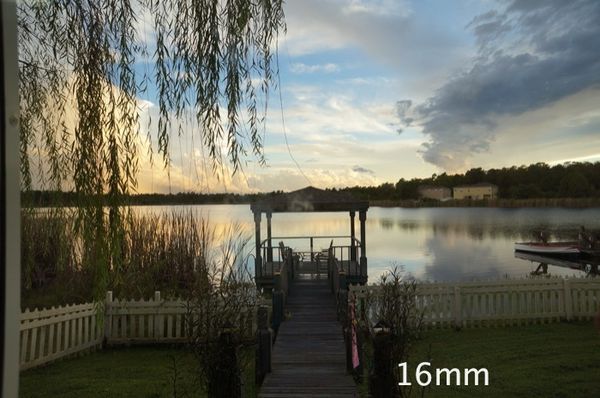
28 mm Vivitar
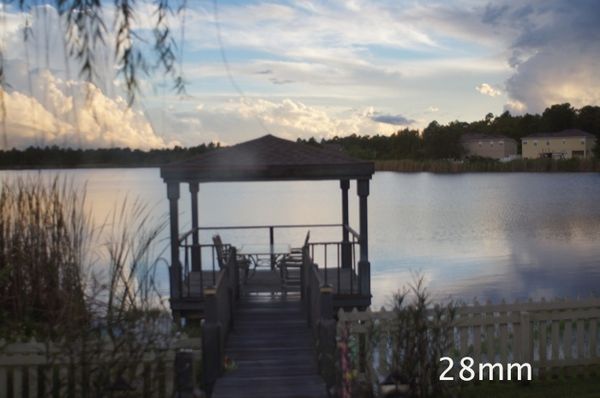
59mm Minolta
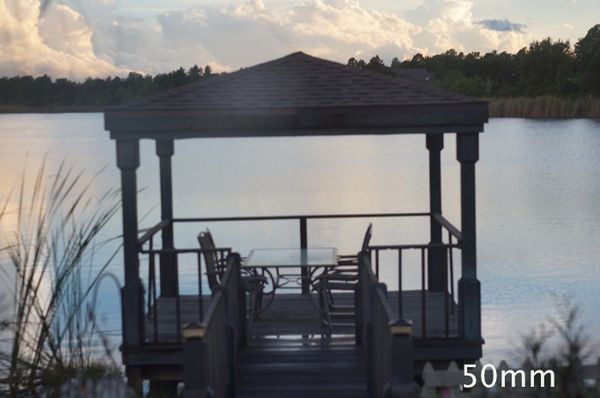
Original with 28m/adapter/NEX
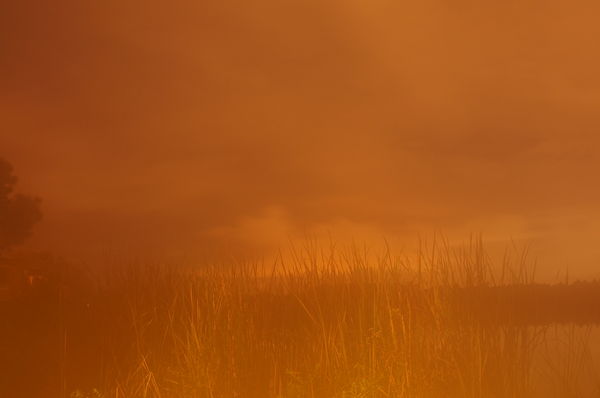
Edited version
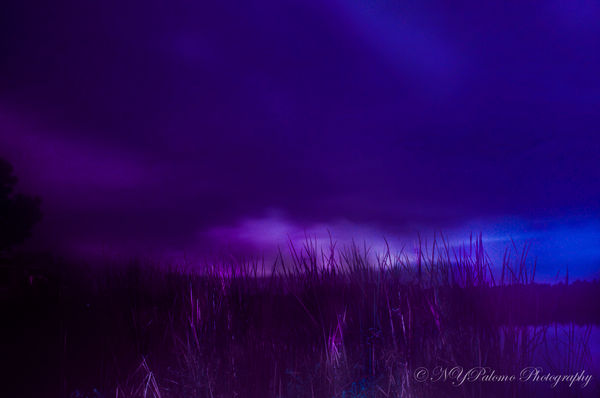
Oct 6, 2012 21:08:35 #
CanonFire wrote:
quote=Bubu No, THE SAME LIGHT. That is why it is ... (show quote)
Well gentlemen, I really can't stand your doubting and contradicting me about the time of day, lighting etc is just plain doubting. What is going on here? . You were not there and whatever kind of different "kind of lighting there is" for you genious, was naturally caused by normal changing daylight. Your opinions are all wrong except for the guy that said there might be some leaking of light. So, for the record, you are all wrong minus one. You have failed the test. And of course, i came here for help on some probable defect on the lenses not to be put on trial. Tsk.tsk.. Too bad I asked.
Oct 6, 2012 21:34:50 #
That is still a big difference in lenses. I wouldn't have thought it could be that bad. But the newer glass I have gotten in the last 2 years is very good compared to my older lenses. Thanks for posting this! But the first one must have been the light leaking in that made it look so weird.
Erv
Erv
Bubu wrote:
No, there is no dirt in the sensor. Camera is new,... (show quote)
Oct 6, 2012 21:39:30 #
Bubu wrote:
quote=CanonFire quote=Bubu No, THE SAME LIGHT. T... (show quote)
You initially stated the lighting in each photo was the "SAME LIGHT". Now you're stating the lighting changed between your lens change!
Bubu wrote:
whatever kind of different "kind of lighting there is"... was naturally caused by normal changing daylight.
Obviously, if the daylight was changing... it was not the SAME LIGHT as you originally stated. You also said the camera was in AUTO mode, the camera would have changed the exposure, aperture, and ISO to capture the different lighting situation, which resulted in 2 different images! Neither photo shows any sign of a light leak.
The conditions in the first shot were overcast, which can be verified by the reflection of the clouds in the water and the lack of shadows. The conditions in the second were clear sky with bright sun which is also reflected in the water and indicated by the deep shadows. Obviously the clouds moved off while you were changing lenses to take the second shot. Of course you have 2 images colored differently, you had two different lighting conditions!
We have been trying to help, but since you refuse to consider anyone's answers, there's not point in discussing it further. The solution then, is to take your questions and your camera and lenses to a repair shop and have them checked by a technician.
Oct 6, 2012 22:30:38 #
Also when you google light leaking issues etc - none of the multitude of examples look anything like BuBu's. The worse ones have a significant area of 'overexposure', streaks or similar issues.
Nothing explains shadows, strong shadows, disappearing via light leaks. Only explanation is significantly different lighting conditions.
The first examples posted were not taken under very controlled highly scientific conditions. The last set - much more so and the results are more in line with expectations, but still may need some probing to see what is different - improvements in lens technology seeming to be the most likely.
Nothing explains shadows, strong shadows, disappearing via light leaks. Only explanation is significantly different lighting conditions.
The first examples posted were not taken under very controlled highly scientific conditions. The last set - much more so and the results are more in line with expectations, but still may need some probing to see what is different - improvements in lens technology seeming to be the most likely.
Oct 6, 2012 22:56:11 #
docrob
Loc: Durango, Colorado
Bubu wrote:
quote=CanonFire quote=Bubu No, THE SAME LIGHT. T... (show quote)
clever you to pose the test - testing us as to how we would respond and you found us to fail as I suspect you anticipated you would. And why not, the folk here are no more able sighted than any where else in spite of our passion for photography.
Oct 6, 2012 23:37:42 #
And still, the composition is different in all three photos. If the composition isn't identical, the results are going to show some variation. Given the apparent time of day and clouds, it's not surprising that there would be some change in lighting during the short time to change lenses.
Oct 7, 2012 02:28:55 #
The answer is simple, #1 has cloud cover which makes the light source larger, hence softer and diffused. #2 is clear sky direct sunlight. Now the light source is smaller, hence harder and harsh. The shadows tell the tale. Besides the WB is in two different temperature catagories. This is all lighting 101! To make comparisons you must use exact datum
Oct 7, 2012 03:10:27 #
Bubu wrote:
quote=CanonFire quote=Bubu No, THE SAME LIGHT. T... (show quote)
No BUBU your the one that failed. In order to fully understand photography you must learn to understand light which you obviously don't since you assign little importance to it. Your data is flawed since your datam is nonexistant. Everybody that tried to help you correctly pointed out that your original assumptions on the first set of photos were flawed due to the obvious change in the quality of light (light is everything remember that) You have no baseline for comparison since you are using auto modes and not manual. Your second set of "evidence" were all pretty equal except for magnification but just exhibited poor composition. You may have a problem with leakage but I suspect it originates in your medicine containers. You might try a different pharmacy! The only thing that has been accurate in your so called test so far has been your moniker. Dude you just been schooled!!!
If you want to reply, then register here. Registration is free and your account is created instantly, so you can post right away.








